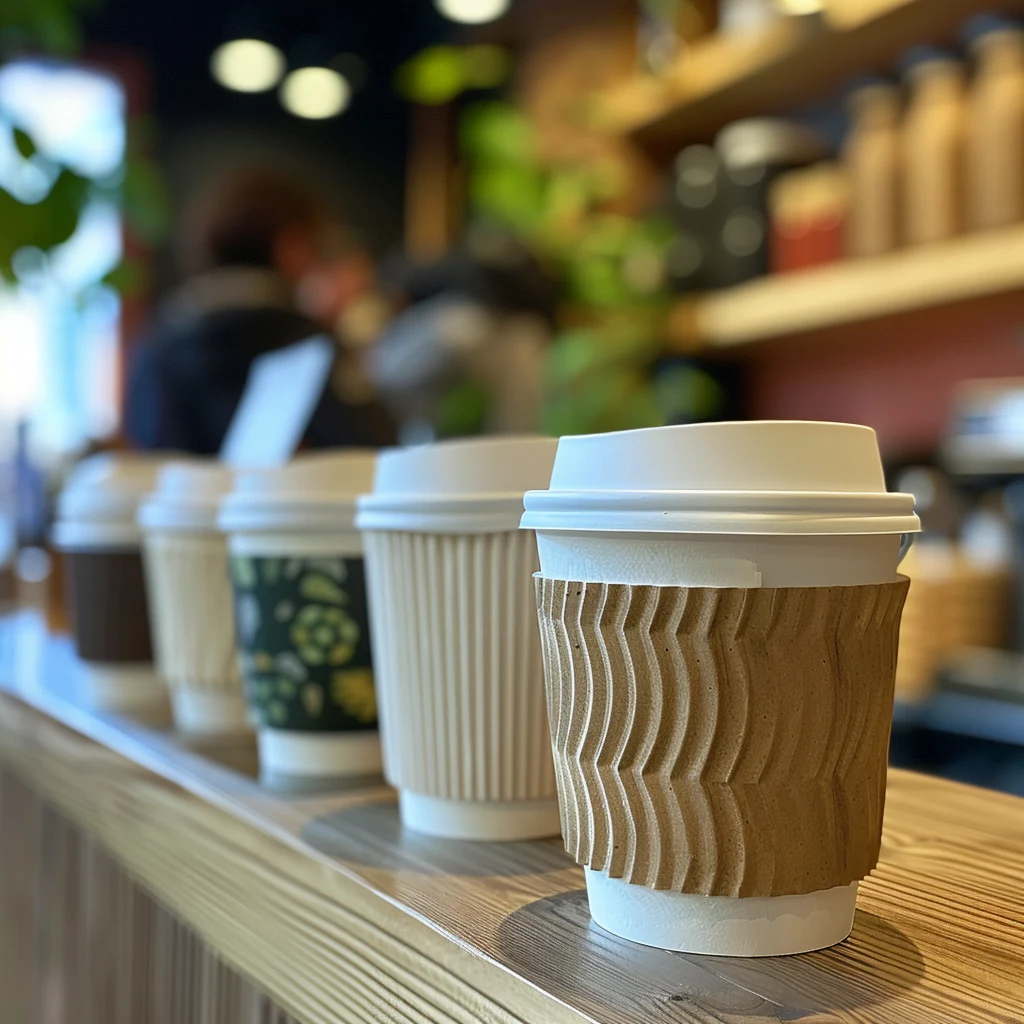The Comprehensive Guide to Paper Cups: History, Benefits, and Future

Paper cups have become a ubiquitous part of our daily lives, offering a convenient and disposable way to enjoy beverages. In this comprehensive guide, we will explore the history of paper cups, their materials, benefits, and the latest innovations shaping their future. We will also discuss how to choose the right paper cups for various occasions and provide insights into the global paper cup market.
Table of Contents
- History of Paper Cups
- Materials Used in Paper Cups
- Advantages and Disadvantages of Paper Cups
- Classification of Paper Cups
- Choosing Paper Cups for Different Occasions
- Choosing the Right Paper Cup Supplier
- How Paper Cups Are Made
- Market Distribution of Paper Cups
- Latest Technology and Future of Paper Cups
History of Paper Cups
The invention of paper cups can be traced back to the early 20th century when concerns over public health prompted the need for disposable drinking vessels. Before paper cups, communal drinking containers were common, leading to the spread of diseases. Paper cups provided a sanitary solution, gaining popularity quickly. Their use expanded with the advent of vending machines and fast food industries, solidifying their place in modern society. Learn more about the history of paper cups.
Materials Used in Paper Cups
Paper cups are primarily made from wood pulp, a renewable resource. The inside of the cup is often coated with a thin layer of plastic or wax to make it waterproof. Some cups use plant-based materials for the coating, enhancing their eco-friendliness. Compared to plastic or foam cups, paper cups are biodegradable and recyclable, making them a more sustainable option.
More about eco-friendly materials can be found on the Gete Packaging website.
Advantages and Disadvantages of Paper Cups
Choosing paper cups comes with several benefits and some drawbacks:
- Advantages: Biodegradable, recyclable, made from renewable resources, customizable, and suitable for both hot and cold beverages.
- Disadvantages: Often require a coating that can be non-biodegradable, lower insulation compared to foam cups, and can be more expensive than plastic options.
Classification of Paper Cups
Paper cups can be classified based on several criteria:
- By Coating: Wax-coated, plastic-coated, and plant-based coated cups.
- By Use: Hot beverage cups, cold beverage cups, and general-purpose cups.
- By Size: Small (up to 8oz), medium (8oz to 16oz), and large (over 16oz).
- By Design: Plain, printed, and custom-branded cups.
Choosing Paper Cups for Different Occasions
Different occasions require different types of paper cups:
- Office and Conferences: Medium-sized, branded cups suitable for both hot and cold beverages.
- Parties and Events: Large cups with customizable designs to match the theme.
- Cafes and Restaurants: Insulated cups for hot beverages and cold cups with lids for takeaways.
- Everyday Home Use: General-purpose cups that are versatile and eco-friendly.
Choosing the Right Paper Cup Supplier
When selecting a paper cup supplier, consider the following factors:
- Quality and Durability: Ensure the cups are strong and leak-proof.
- Eco-Friendliness: Prefer suppliers who use sustainable materials and practices.
- Customization Options: Ability to provide custom designs and branding.
- Cost-Effectiveness: Competitive pricing without compromising quality.
- Reliability: Consistent supply and timely delivery.
For high-quality, eco-friendly paper cups, visit Gete Packaging.
How Paper Cups Are Made
The production of paper cups involves several steps:
- Material Preparation: Pulping wood to create paper.
- Coating: Applying a waterproof layer inside the cup.
- Cutting: Cutting the paper into shapes that will form the cup.
- Molding: Shaping the paper into cups using molds.
- Printing: Applying designs or branding to the cups.
- Finishing: Adding rims and other finishing touches.
For more details on the production process, check the Paper Cup Manufacturing Process.
Market Distribution of Paper Cups
Paper cups are widely used across various sectors, including hospitality, food and beverage, and retail. The largest markets for paper cups are North America, Europe, and Asia. The demand is driven by increasing awareness of environmental issues and the preference for sustainable packaging solutions. Learn more about the market distribution of paper cups.
Latest Technology and Future of Paper Cups
Innovation in the paper cup industry focuses on improving sustainability and functionality. Recent advancements include the development of fully biodegradable cups, improved insulation properties, and enhanced durability. The future of paper cups looks promising, with ongoing research into new materials and production techniques aimed at reducing the environmental impact further.
For updates on the latest technology and trends, visit the Sustainable Packaging Coalition.
Conclusion: The Future of Paper Cups
Paper cups have come a long way from their inception as a sanitary alternative to shared drinking containers. Today, they represent a more sustainable choice in a world increasingly concerned with environmental impact. By understanding the history, materials, benefits, and innovations associated with paper cups, consumers and businesses can make informed decisions that contribute to a greener future.
For more information and to explore our range of eco-friendly paper cups, visit Gete Packaging Products.
